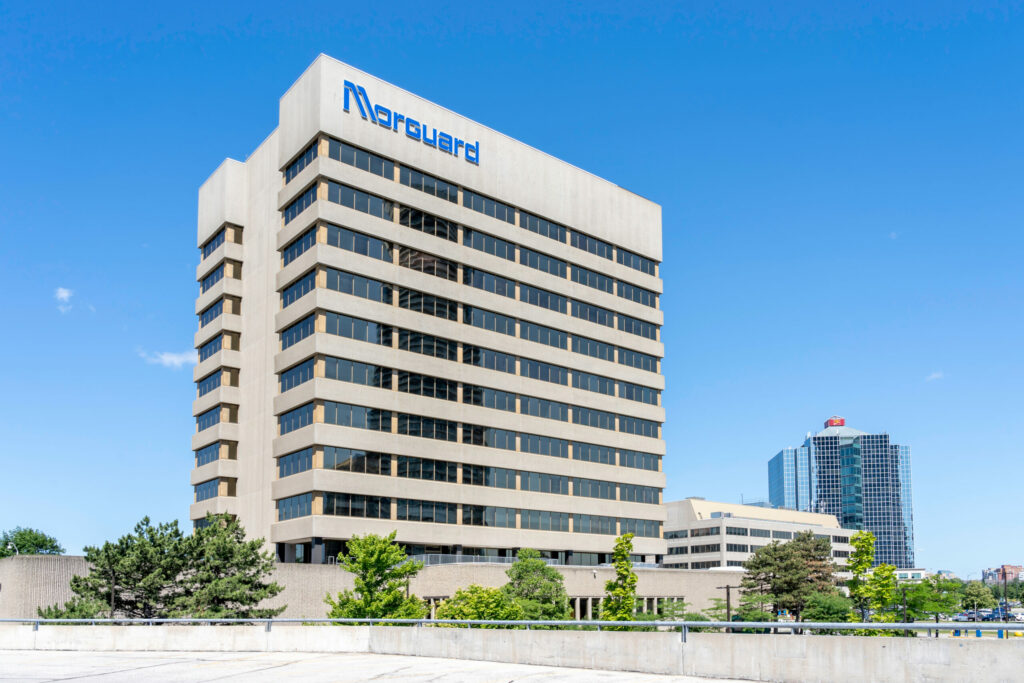Earlier this month, Mississauga, Ontario-based real estate management company Morguard Corporation released its Economic Outlook and Market Fundamentals report. In its exploration of the trends driving Canada’s commercial, industrial, office, retail and multi-suite residential sectors, the report paints a decidedly positive picture of the prospects facing Canada’s non-residential investors.
Heading into 2020, the office and purpose-built multi-family spaces are both expected to reward investors handsomely, as surging demand collides with growing, but still insufficient levels of supply.
The Morguard report expects competition for desirable properties in each category to be intense, with bidding wars pushing prices into uncomfortable, profit-challenging territory. Investors with the means to build either purpose-built apartments or commercial properties that take into consideration the needs of a new generation of office tenants may find themselves better off than those who slug their way through continuous bidding wars.
Office
Office leasing market fundamentals continued to strengthen over the course of 2019. At the end of the third quarter, the national vacancy rate for office space was 12.4 percent. (It was only 9.8 percent for downtown properties.) With supply at historical lows and demand hitting new heights in many Canadian cities, the returns on office properties continue to impress. For the year ending June 2019, the national average return for office space was a hearty 7.3 percent. Montreal (9.3), Toronto (9.7) and Vancouver (10.6) all posted above-average rates of return.
“It’s a good time to be a landlord because there’s very little space, especially downtown,” says Keith Reading, Morguard’s director of research. There is plenty of new product coming to market, Reading says, but not enough “to really have a significant impact on what’s already a pretty tight market.”
Much of the pressure being put on the office sector is coming from tech companies and shared workspace providers. “A lot of companies are looking for flexible options in terms of where to locate their employees as opposed to the old-fashioned long-term lease,” Reading says. The growth of these two spaces won’t be slowing any time soon, but to target them properly, investors will need to provide amenities and location in addition to the requisite amount of space.
Investors with their ear to the ground may wonder if a year in which global economic growth is expected to shrink is one where commercial properties make sense as a real estate play. Reading says it is.
“Even with an economy that is in a slow growth period – even if we see just one percent growth in 2020 – that’s still more than enough that conditions will stay pretty similar to what they are over the next year or so.”
Purpose-built apartments
Citing CMHC data, the Morguard report says apartment vacancy rates fell in 2019 in Calgary, Edmonton, Montreal, Halifax and Ottawa. As home prices and immigration rates both climb, apartment vacancy rates will continue to fall.
“There aren’t enough rental apartments to go around, pretty much across the country,” says Reading, who adds that approximately 25,000 apartments would be needed to be built annually to keep up with the demand in Toronto alone. Slightly more than 50,000 were brought to market in the entire country in 2019.
The opportunity is clearly there for cash-flush investors willing to take the plunge.
“With the building side, there’s always an element of risk because you’re constructing something and you have to rent it out. But if you look at where vacancy rates are across much of the country, if you’re going to build a new purpose-built rental building it’s going to rent up,” Reading says. “You’re not going to have an issue.”
Reading encourages investors considering the apartment space to take a page from condo developers’ books and design them with the next generation of renter’s sensibilities in mind. Today’s stock of purpose-built apartments is generally boring and anonymous, but that’s primarily because it hasn’t been updated in ages.
“If you look at the last couple of decades, the amount of new construction [of purpose-built apartment properties] has been minimal,” Reading says. “It’s only really picked up in the last year or two.”
Competing against condos, especially in Toronto, Montreal or Vancouver, may seem like a fool’s errand. But as more and more Canadians become renters for life, a growing number of them will come to desire a sturdy, stylish alternative to living cooped up in a tiny glass box.









